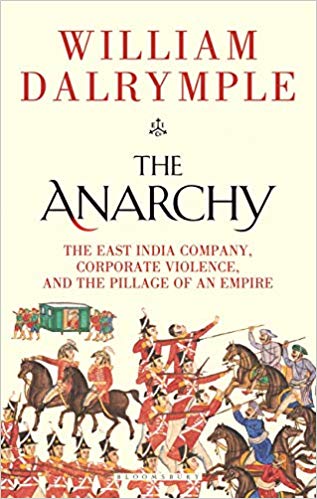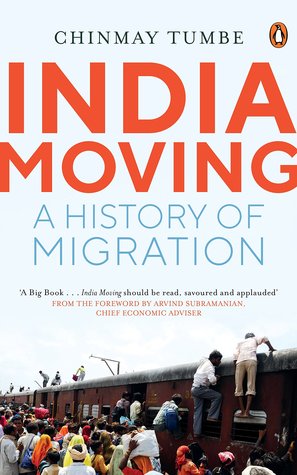I have been researching about the Space Race between US and USSR for sometime now. One of the striking thing is that the Pioneers involved in the Space/Rocketry industry were somewhere between proper Genius and borderline Lunatic.
Personally I knew very little from the Russian side of the space history apart from the Starman Yuri Gagarin. Konstantin Tsiolkovsky -the most famous Russian Rocket scientist – and Sergei Korolev -the Soviet Rocket Engineer responsible for launching the first artificial satellite and human being into space – were Russian cosmists. I knew I fell into a rabbit hole.
Russian Cosmism is an unusual religious philosophical movement. The philosophy combines scientific method, esoterism , magic and religion that advocates immortality, resurrection of the death and space colonization as means of achieving salvation.
Nikolai Fyodorov is Russian Orthodox Mystic who believes the only way to achieve salvation is through resurrection of all our ancestor and radical life extension. To address the Malthusian problem of radical life extension, Fyodorov advocates space colonization.
In his work “Philosophy of the Common task”, he advocates resurrection of all our ancestors across space and time and immortality. He admits which a task would require thousands of years to accomplish and believes human being should play an active role resurrection of the dead.
Cosmists were polymath who were highly competent in half a dozen specialized discipline. Cosmists like Vladimir Vernadsky basically founded their own specified disciplines. Another interesting fact about Russian cosmism is that were every much interested in philosophical, theological, scientific and esoteric endeavors
Cosmist had background on both religious and scientist minds. The most famous example is Pavel Florensky ,who is called Da vinci of Russia, was a priest, mathematician, philosopher, electrical engineer, physicist and philosopher. He was later send to labour camp and later killed.
There are very few books in English to non-Russian speakers. Russian Cosmist is accessible -but a bit dry -book written by George Young . The subject at hand is so intriguing that you will overlook the style of writing.
Takeway:
We truly live a time of technological stagnation. We as a society no longer the have grandiose vision of conquering the stars. In the 19th century, many ordinary people had such dreams and visions. Now these dreams are left to the multi billionaires like Musk and Bezos.
Joseph Stalin is truly the vilest dictator to walk this earth and Soviet had one of the vilest bureaucracy in our history. Some of the greatest minds were sent to gulag on the whims of the officers.
Not only scientific progress was inter-related to religion. But there is a strong correlation between esoteric-occult-magic studies and scientific progress(at least till the end of 19th century).











